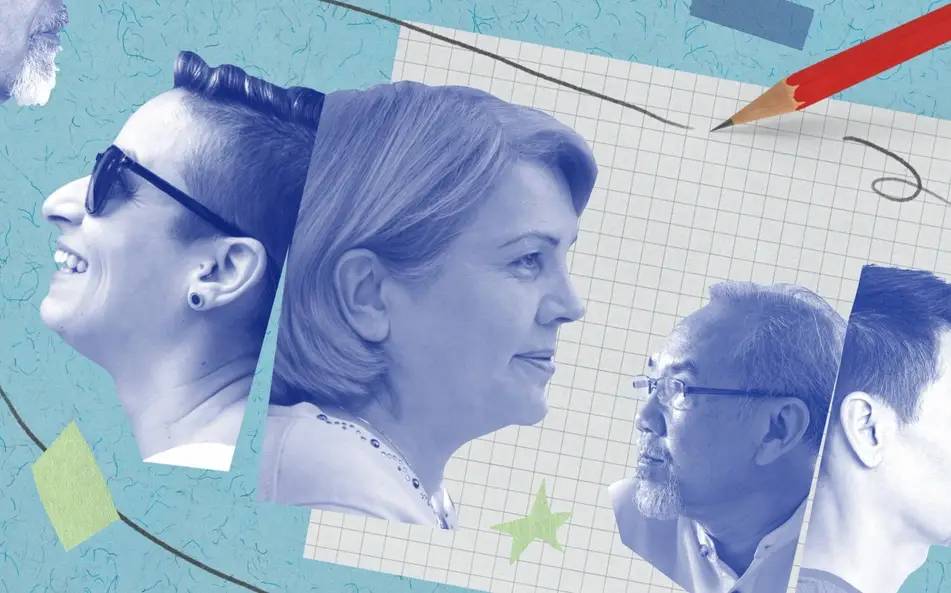How Can Organizations Prevent Ageism in the Workplace?

Ageism is a bias—so much so that age discrimination is sometimes referred to as a second-class civil rights issue.
Both older and younger employees face biases, yet preventing ageism in the workplace is not usually included in diversity trainings. There are many ways for organizations to work toward being more inclusive and ensuring their hiring practices, employee development, and office culture are all supportive of age diversity.
All about ageism in the workplace
The Age Discrimination in Employment Act (ADEA) forbids discrimination against employees and job applicants age 40 and older. But age discrimination can be very subtle and difficult to prove. And it’s not only older workers who are affected by ageism; the youngest in the workforce can also be affected by age discrimination, but are not covered by the ADEA. So, what does ageism look like in the workplace?
- Older employees may be perceived as being out of touch with current technology, and denied opportunities.
- Hiring committees might immediately discount older applicants as being “too expensive.”
- Younger employees may be passed up for leadership opportunities for which they are qualified.
- Ageism and sexism often go hand in hand—assumptions may be made about a woman’s fertility/reproductive choices and whether she will stay in a role long-term.
Rethinking hiring and advancement opportunities
Often, age biases are present from the get-go, and certain codewords can be seen in job descriptions. When hiring managers specify “recent grad” or ask for “rockstar” energy, it’s clear that older applicants are not the target audience. On the other hand, the term “seasoned professional” can be used to discourage younger applicants. This use of language keeps people of certain ages out of the running, despite what their career paths might really look like. An older career changer willing to start in an entry-level role or a younger person with exceptional leadership qualities don’t have a chance in either scenario.
A common piece of advice given to older candidates is to remove their graduation year from their resume. However, organizations that truly want age diversity can rethink how they advertise jobs and handle promotions and professional development:
- Write job descriptions with age neutral language. Avoid using adjectives that are geared toward youth.
- Be upfront with salary ranges. Older applicants who are interested should still have a chance to be considered. In some cases, a lower salary can be counterbalanced by the possibility of a more flexible schedule.
- Recognize that employees of all ages can and should benefit from professional development opportunities.
- Before making decisions on promotions and layoffs, ensure that one age group is not overrepresented.
Promoting an age diverse culture
A multi-generational workforce provides a much broader set of skills and perspectives, so it’s in an organization’s best interests to promote culture that is age diverse. In addition to modifying hiring practices, organizations can take steps to foster an inclusive community for all ages:
- Develop cross-generational or reciprocal mentoring programs. In these programs, an older employee is paired with a younger employee, and both have the opportunity to be the mentor and mentee. Encouraging different generations to learn from each other can help break down misconceptions about age as knowledge and experience are shared.
- Add an age discrimination component to diversity trainings. Most organizations now offer some type of diversity training, ranging from general sensitivity trainings to implicit bias workshops. However, according to the Hiscox Ageism in the Workplace study, 62% of respondents reported not receiving any age discrimination training in the past 12 months.
- Ensure that your organization’s website and social media accounts reflect age diversity in workplace photos.
***
Do you have tips for stopping ageism in the workplace to build a more inclusive sector? Let us know on Facebook!
Lakshmi Hutchinson is a freelance writer with experience in the nonprofit, education, and HR fields. She is particularly interested in issues of educational and workplace equity, and in empowering women to reach their professional goals. She lives in Glendale, California with her husband, twin girls, and tuxedo cat.






